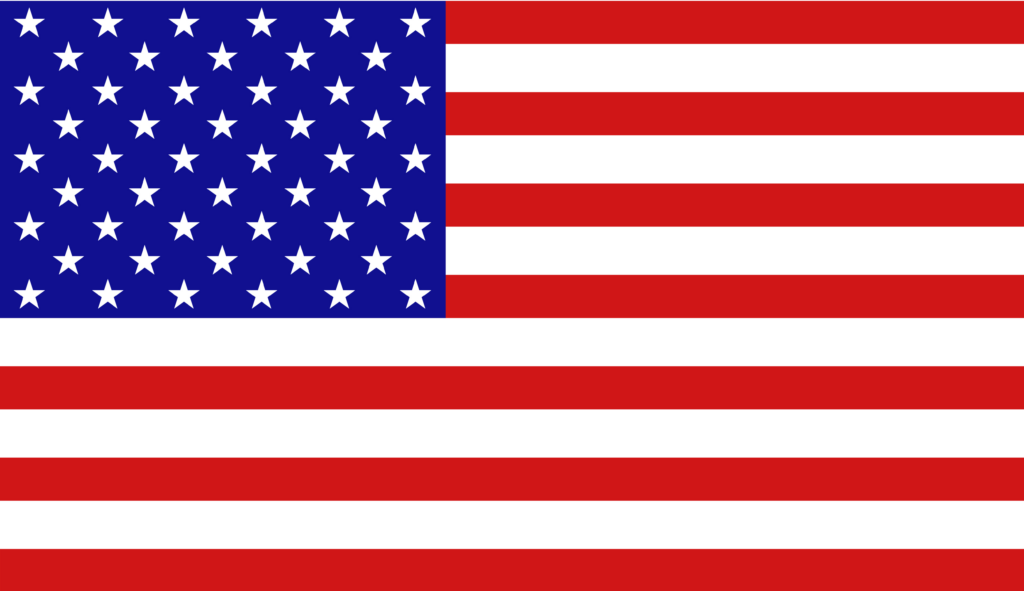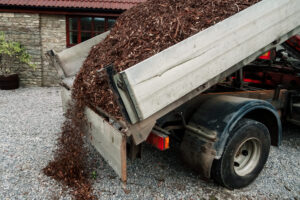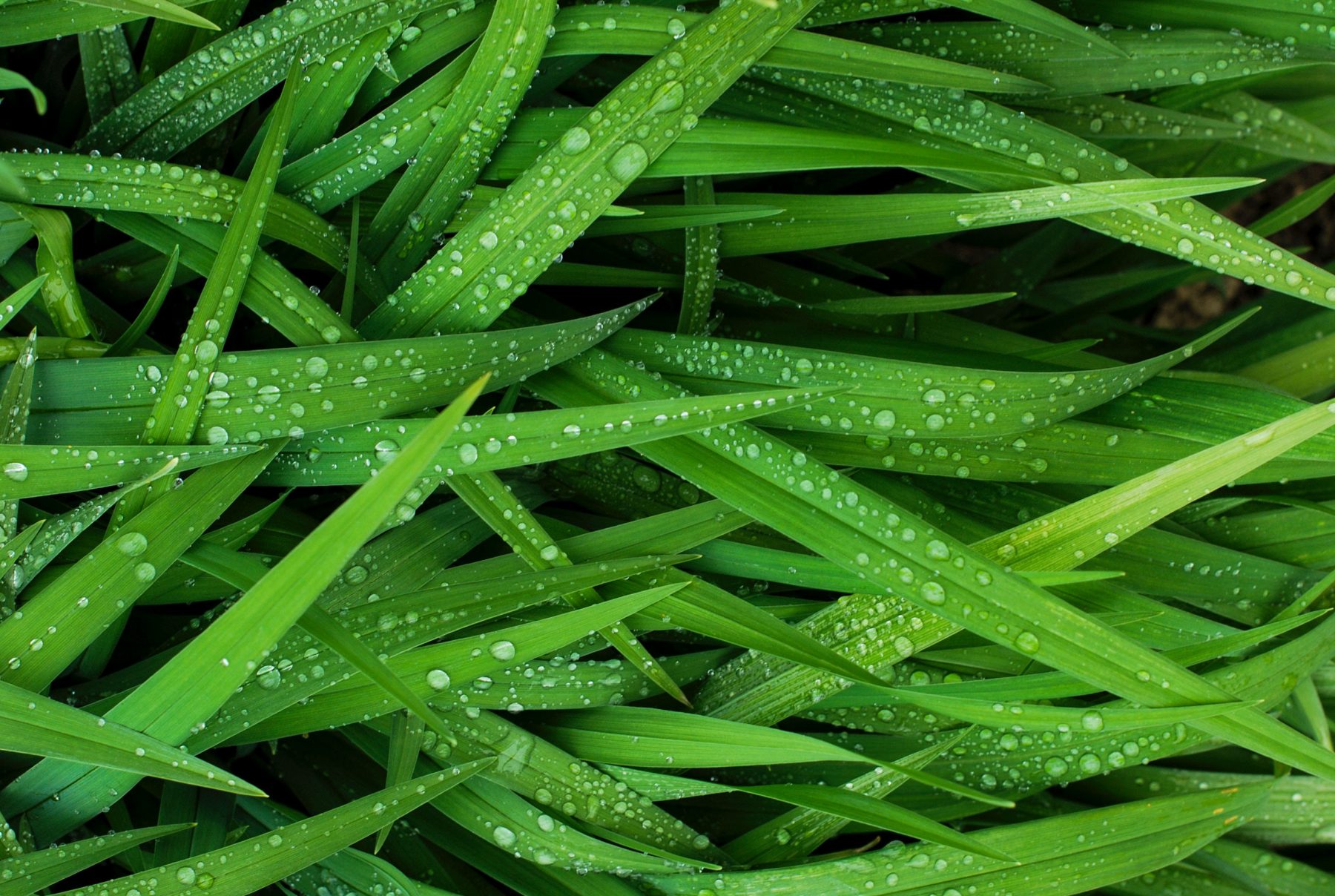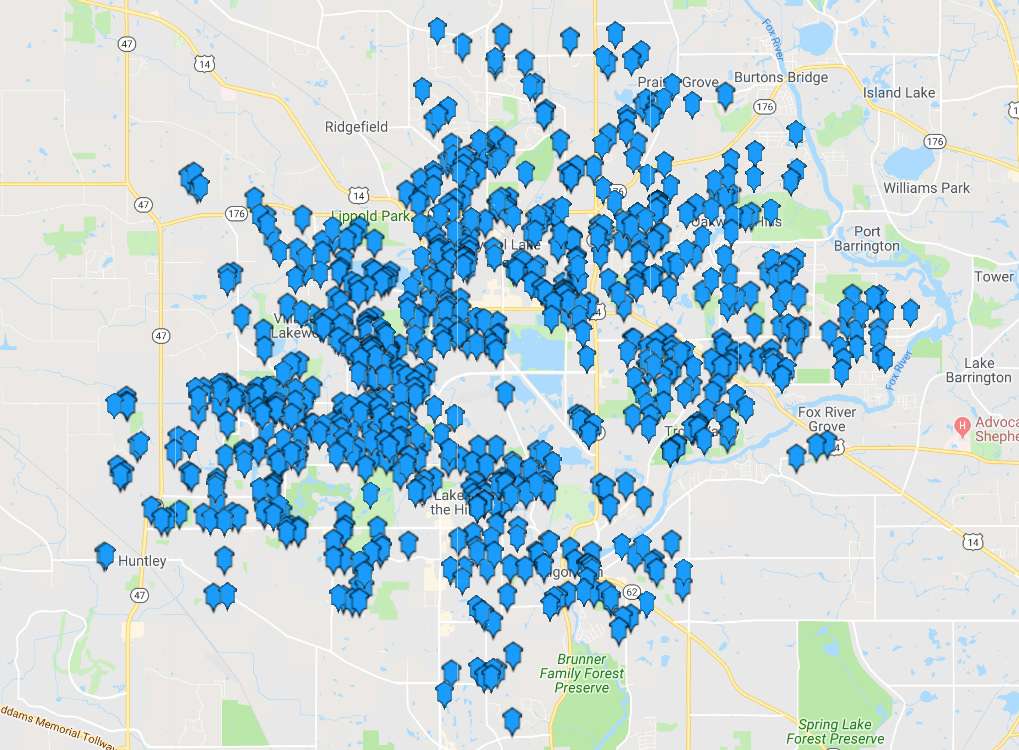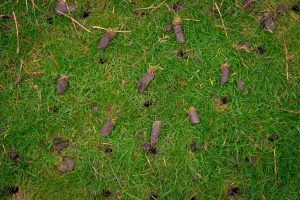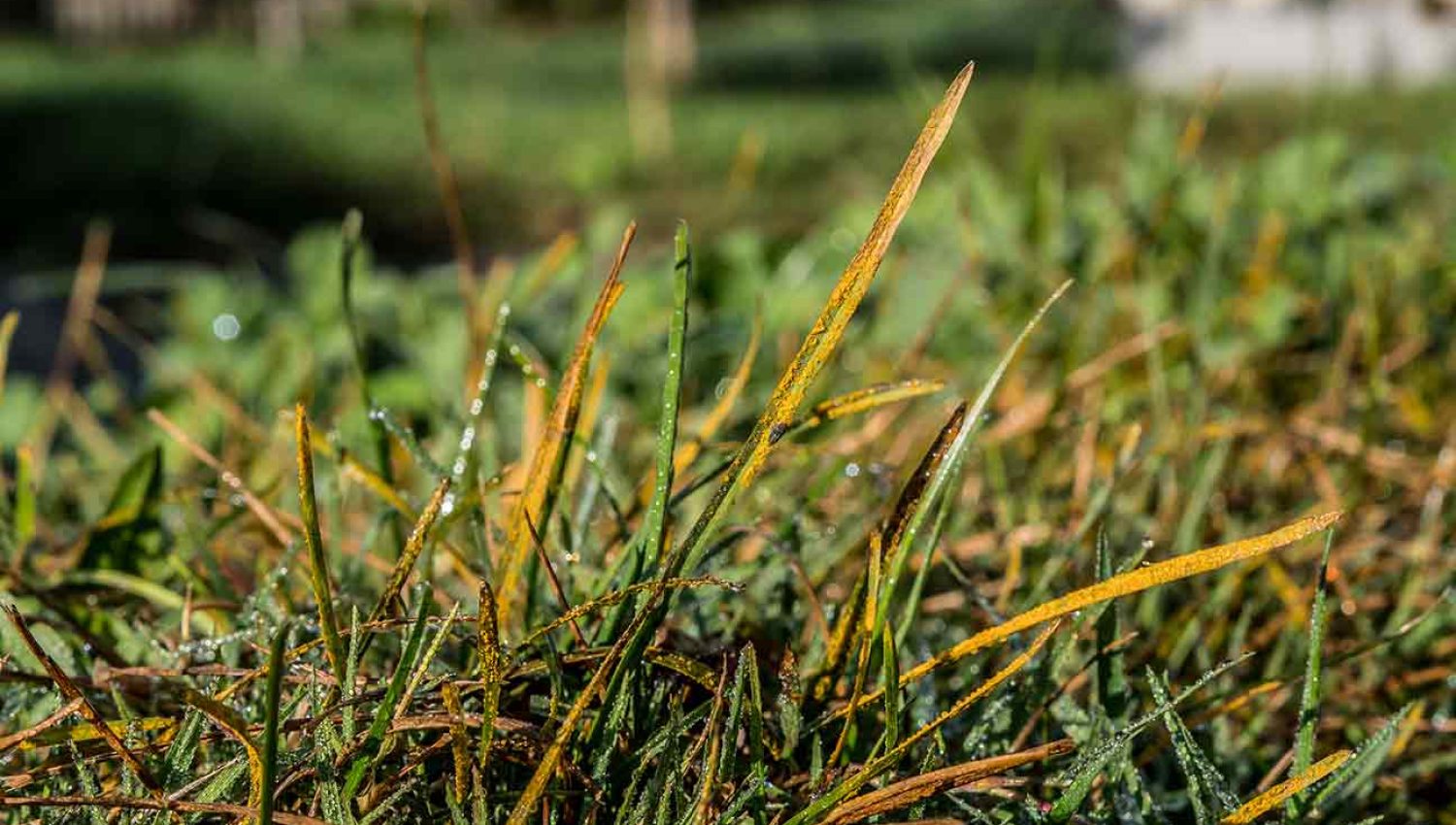
8 Most Dangerous Lawn Diseases In Illinois
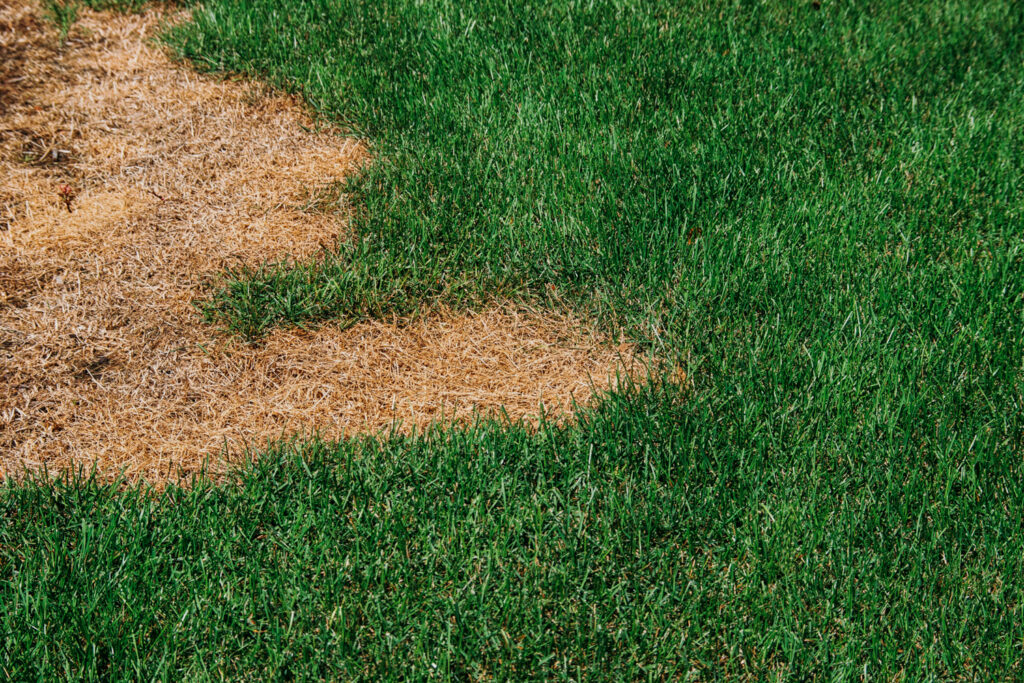
Brown Patch
What Does Brown Patch Look Like?
Brown patch is characterized by roughly circular patches of yellow-to-brown grass that can measure up to 3 feet long. The infected grass darkens and turns a yellow-brown color, with the inside of the patch appearing slightly sunken and lighter in color than the perimeter.
What Conditions Cause Brown Patch?
Brown patch is mainly caused by unseasonably warm weather in spring and fall, especially when it coincides with excessively damp and humid conditions. Brown patch can also be found in cool-season lawns throughout the summer, as this disease thrives in hot weather.
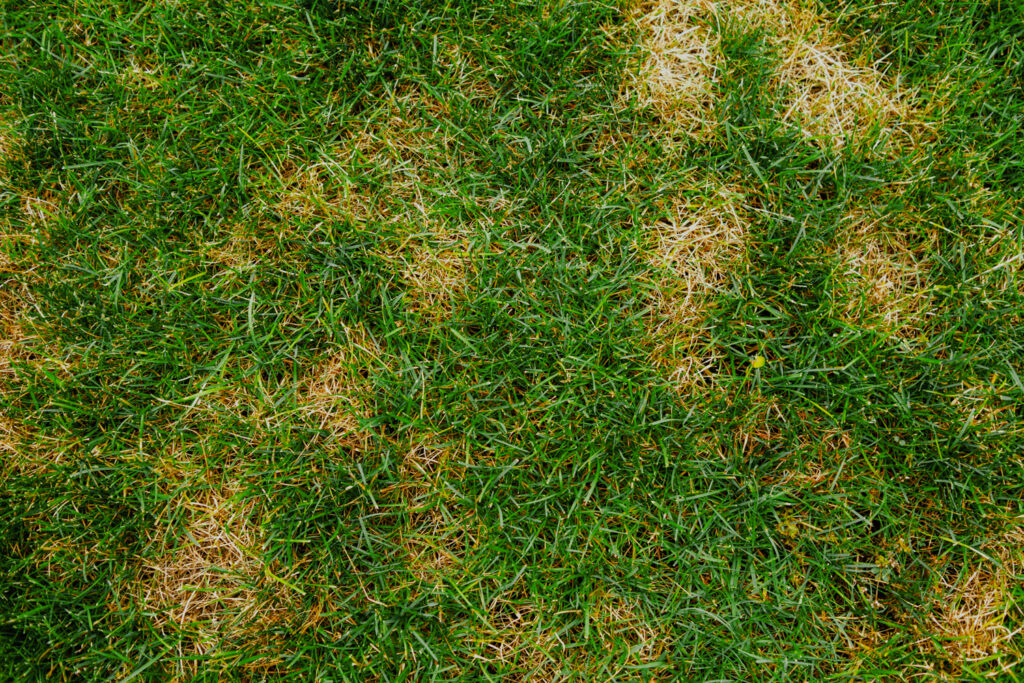
Summer Patch
What Does Summer Patch Look Like?
The symptoms of summer patch look similar to brown patch, but the infected areas can be a variety of shapes and sizes. Summer patch creates areas of thin and straw-colored grass, which may or may not have a small center of green, healthy looking grass.
What Conditions Cause Summer Patch?
Summer patch develops between June and September when there is high humidity and temperatures are 85 degrees or higher. Soil compaction and mowing too low are also common culprits.
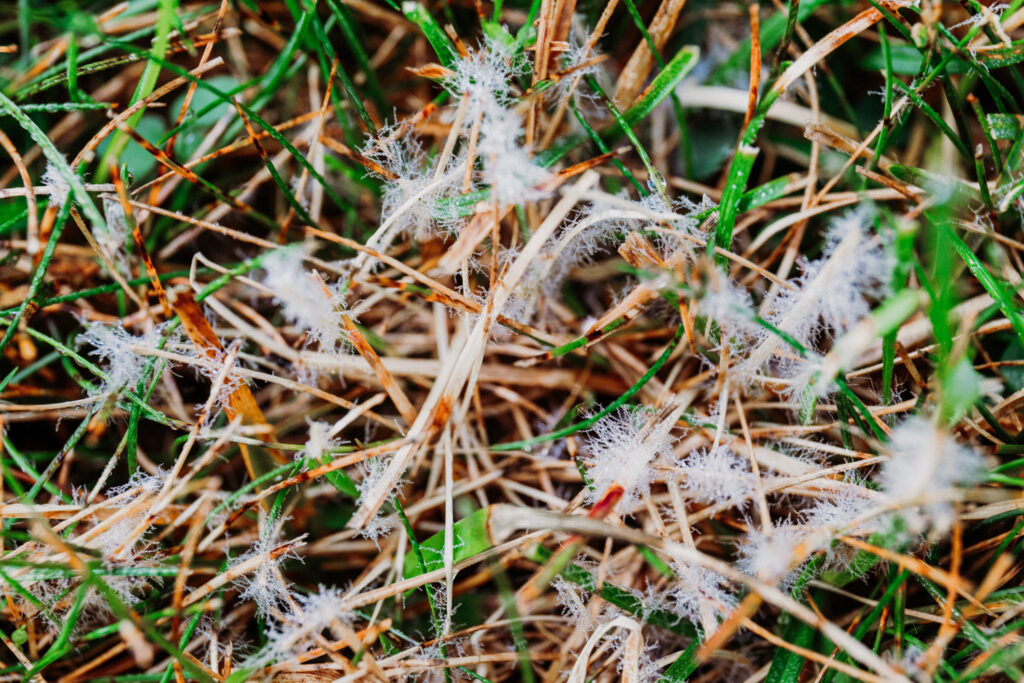
Dollar Spot
What Does Dollar Spot Look Like?
Dollar spot initially appears in a circular shape that is roughly the size of a silver dollar, but infected areas often expand and merge together. Small, straw-colored patches can be found on the individual grass blades.
What Conditions Cause Dollar Spot?
You could encounter dollar spot at any point throughout your lawn’s growing season if temperatures are not too cold or hot. Underfertilizing and excessive moisture commonly cause dollar spot to develop, and mowing too low makes it easy for this disease to spread.
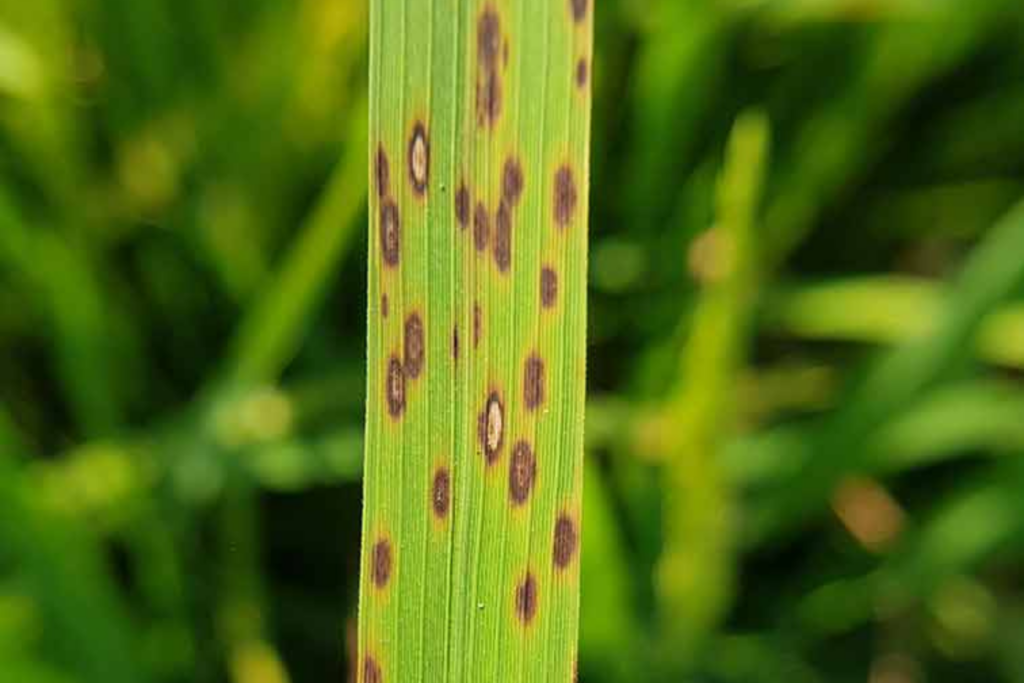
Leaf Spot
What Does Leaf Spot Look Like?
On individual grass blades, leaf spot causes small oval-shaped spots to appear, which are typically a dark brown color with brown-to-purple margins. Leaf spot severely rots the crowns and roots of a lawn, causing grass to thin out or even die as a result.
What Conditions Cause Leaf Spot?
Warm or cold temperatures outside of their appropriate seasons will likely be the cause of leaf spot in your lawn. Compacted soils and/or overfertilizing are also known to cause leaf spot to develop and spread.
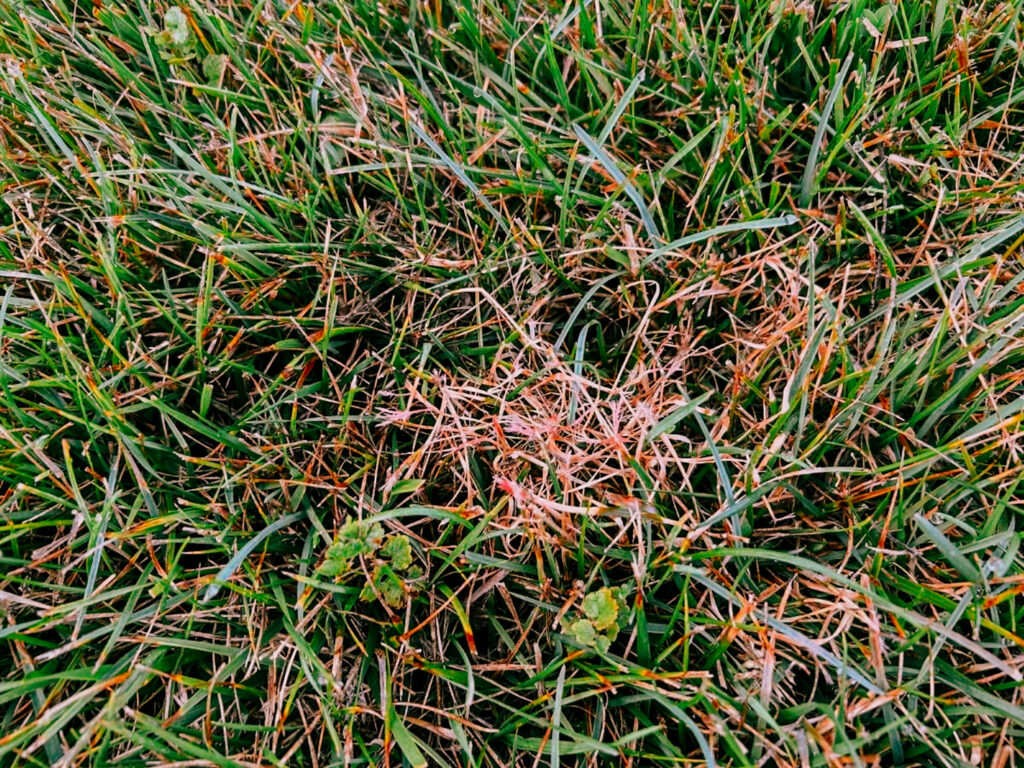
Red Thread
What Does Red Thread Look Like?
Red thread is an incredibly resilient disease that is easily identifiable by the red strands that form across infected lawns. This disease may initially appear as just a thin patch of grass, but that thinning grass will soon develop red hairs/strands, as well as tiny red spores that transfer with contact.
What Conditions Cause Red Thread?
Cool, humid weather stimulates the spread of red thread, especially in early spring. Red thread thrives in nutrient-deficient lawns, meaning any number of issues could cause an infection of this common lawn disease.
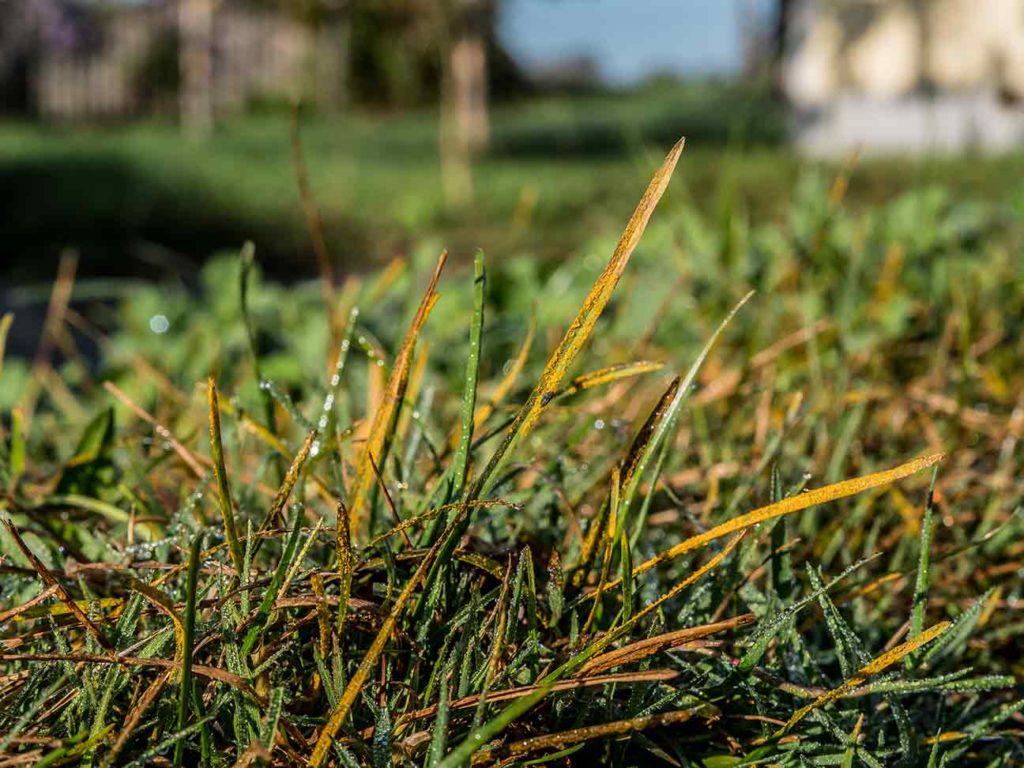
Lawn Rust
What Does Rust Look Like?
The lawn disease known as rust looks almost identical to common rust that affects metals. Infected lawns will appear to have yellowing patches, but a closer inspection will reveal orange spores on the grass blades. These spores often come off on clothes or tools and appear as an orangish powder.
What Conditions Cause Rust?
Rust develops in moderate temperatures from early spring through fall. Excessive shade, too much moisture, and underfertilizing will likely cause the rust fungi to spread.
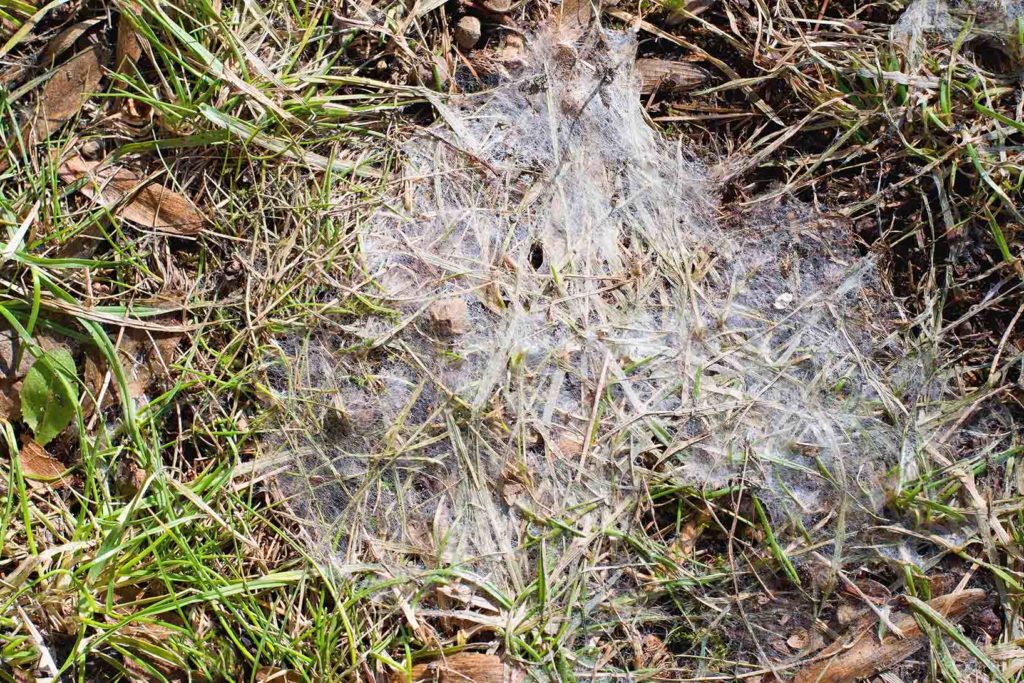
Snow Mold
What Does Snow Mold Look Like?
Pink snow mold and gray snow mold are two different types of this disease, but both types show similar symptoms. Infected lawns develop stiff, matted patches of damaged grass where either pink or gray fungal strands start to form. If a large amount of snow accumulates, symptoms will not be seen until spring when it melts. Gray snow mold is the more common variety in Illinois.
What Conditions Cause Snow Mold?
Cold, damp fall weather leading into winter is the most common cause of snow mold. This disease typically spreads underneath snow cover, but pink mold can develop even without snow. Excess shade and overfertilizing in fall frequently contribute to snow mold.
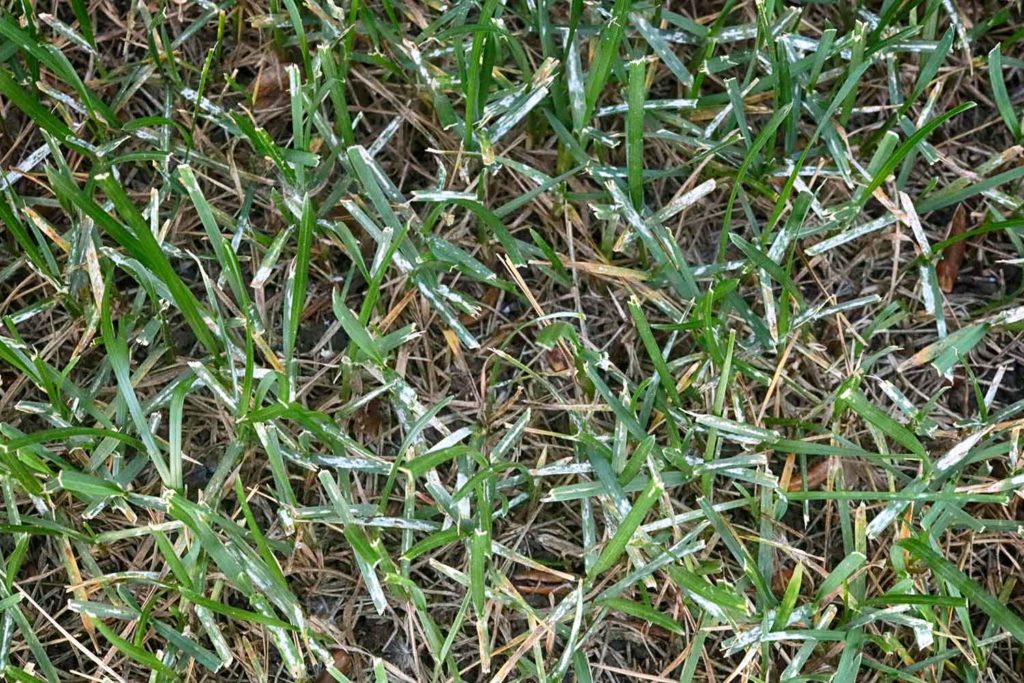
Powdery Mildew
What Does Powdery Mildew Look Like?
Powdery mildew is most often found on garden plants and leaves in trees, but it does also affect lawns. Infected plants become covered in tiny white circles that quickly spread to form a “dusting” effect. Untreated infections will result in heavy layers of mildew accumulating and covering entire plants or large portions of the lawn.
What Conditions Cause Powdery Mildew?
Warm temperatures, between 60 and 80 degrees, in dry climates create the perfect environment for powdery mildew. The many fungi that cause powdery mildew do need humidity to thrive, but the spread of this disease will slow down drastically if temperatures are too high. Heavily shaded plants tend to become infected more often than plants in sunlight.
Start Your Quote Today! Getting Started
Get your weekend back & simplify your life this season. Trust Elite Lawn Care for your Lawn Care, Landscaping & Snow Removal needs.
-
1Choose Your ServicesChoose the services your property needs throughout the year.
-
2Set Up & Finalize Your AccountFill out the form & one of our team members will contact you.
-
3Discover The DifferenceServices are automatically scheduled, completed & billed.

